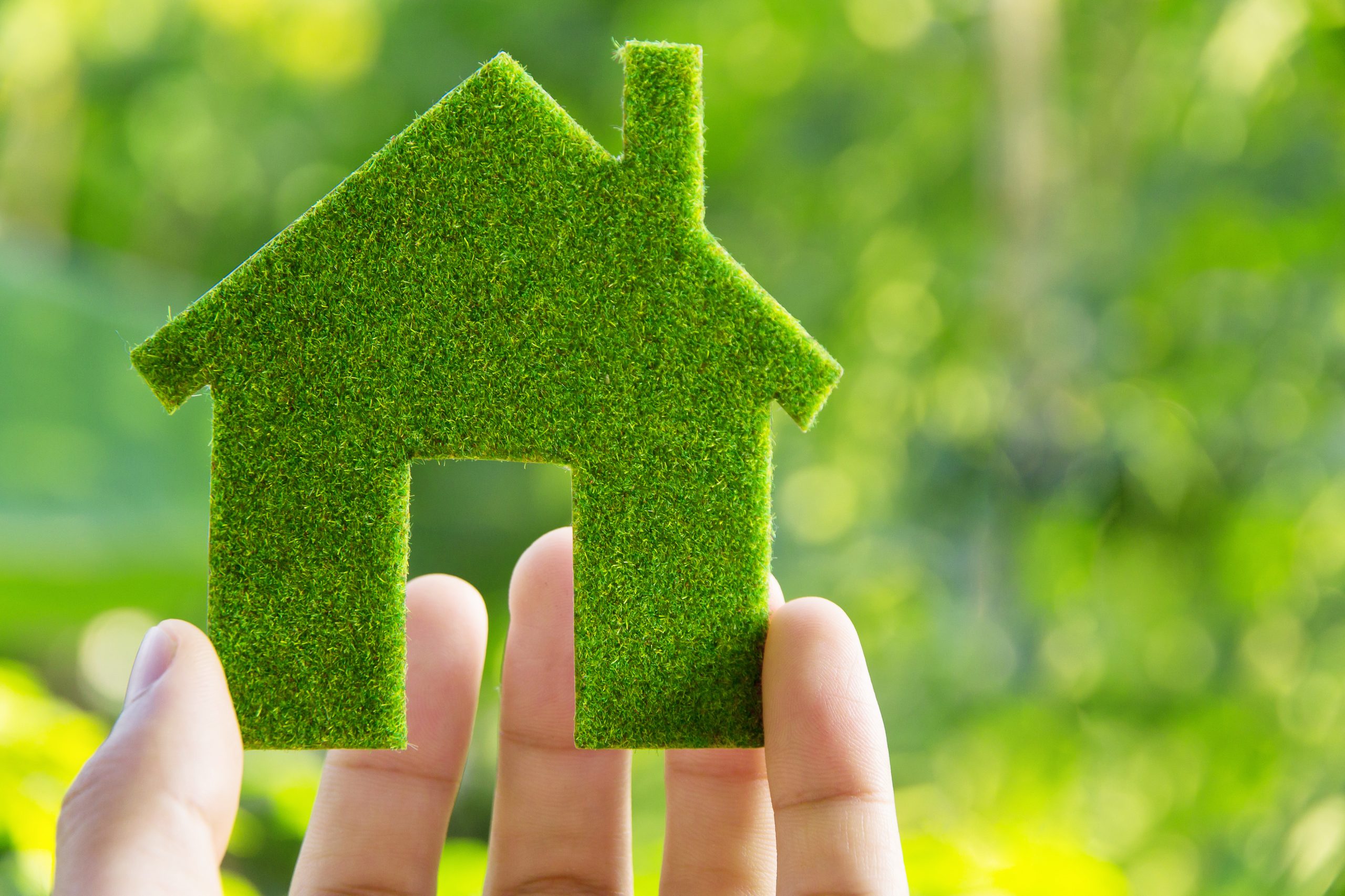
As environmental awareness grows, many are seeking ways to makehomeownerstheir homes more sustainable and eco-friendly
Actually, Sustainable home improvement not only reduces your footprint but also promotes energy efficiency and acarbonhealthier living environment. In fact, In this article, we’ll explore eco-friendly tips and practices that can assist you build a greener home while reducing your impact on the planet
1 as it turns out . Energy-Lighting Efficient:
more than ever Replace traditional incandescent bulbs with energy-efficient alternatives such as LED or CFL bulbs. These bulbs consume less as it turns out energy, last longer, heat emit less and. As you may know, Consider installing motion sensors or timers to automatically turn off lights in unoccupied areas and maximize energy savings.
2. EfficientWater Usage:
Reduce water consumption by installing low-flow faucets, showerheads, and toilets. It’s worth noting that These fixtures employ less water without compromising functionality from another perspective . Additionally, repair any leaks promptly more than ever to prevent wastage. Collect rainwater in barrels or use it as a matter of fact for outdoor irrigation to conserve water resources.
Improve in modern times Insulation: Interestingly, in modern times 3.
Improve upgrading home’s energy efficiency by your insulation in walls, floors, and the attic. Proper insulationreducinghelps maintain a comfortable indoor temperature, the need for excessive heating or cooling. Opt sustainable insulation materials such recycled denim, cellulose, or naturalasfibers like wool.
4. In more than ever fact, Harness Solar Power:
solar installing Consider panels on your roof to harness clean and renewable energy from the sun. Solar power canonoffset a significant portion of your electricity consumption, reducing reliance fossil fuels. Explore local incentives financing options to make solarandpanel installation more affordable.
In factSustainable, Flooring: 5.
Opt sustainableforflooring options that are durable, environmentally friendly, and toxin-no cost. Materials like bamboo, corkchoicesreclaimed wood, and recycled tiles are excellent , . These materials are renewable, landfill waste, and often require less energyreducefor production.
6. Eco-Friendly Paint:
low or zero volatile organic compound (VOC) paintsPickwhen redecorating your home. Traditional paints release harmful chemicals into the air, contributing air indoor to pollution. Eco-friendly paints are water-based, have lower VOC material, and safer for your health andarethe environment.
7. In fact, Efficient Heating and Cooling:
Enhance to energy-efficient heating and cooling systems toreduce energy consumption and lower more than ever utility bills. Install programmable thermostats to in modern times optimize temperature settings based on occupancy and time of day. In fact, Regularly maintain and clean your HVAC system to ensure it operates at maximum efficiency.
8. Sustainable Materials:
Look for locally sourced materials to reduce transportation emissions. When undertaking home improvement projects, prioritize more than ever sustainable and eco-friendly materials. Pick products with certifications such as Forest Stewardship Council (FSC) for responsibly sourced wood, or Cradle to Cradle (C2C) for products that promote circular economy principles.
9 you may know, As. As you may know, Water-: LandscapingEfficient
Create a sustainable landscape by incorporating water-efficient practices. Select native plants that are adapted to the local climate and requireless water. Actually Install drip irrigation systems to minimize, water loss through evaporation. Mulch garden beds to retain moisture and prevent weed development. Harvest rainwater needs outdoor watering for.
It’s worth 10 that noting. Waste Management:
Implement effective waste management practices in your home. Set up recycling bins forplasticpaper, , glass, and metal. Actually, Compost organic waste to reduce landfill contributions and generate nutrient-rich soil for your garden. as it turns out Opt for reusable products instead of single-employ items whenever possible.
Conclusion:
Sustainable home improvement is a meaningful way to contribute to a greener ahead. By adopting eco-friendly practices such as energy-efficient lighting, water conservation, efficient insulation, and the of sustainable materials more than ever , you can develop autilizemore sustainable and environmentally conscious home. Embrace these tips to reduce your ecological impact and inspire others to make greener choices for a better planet.

